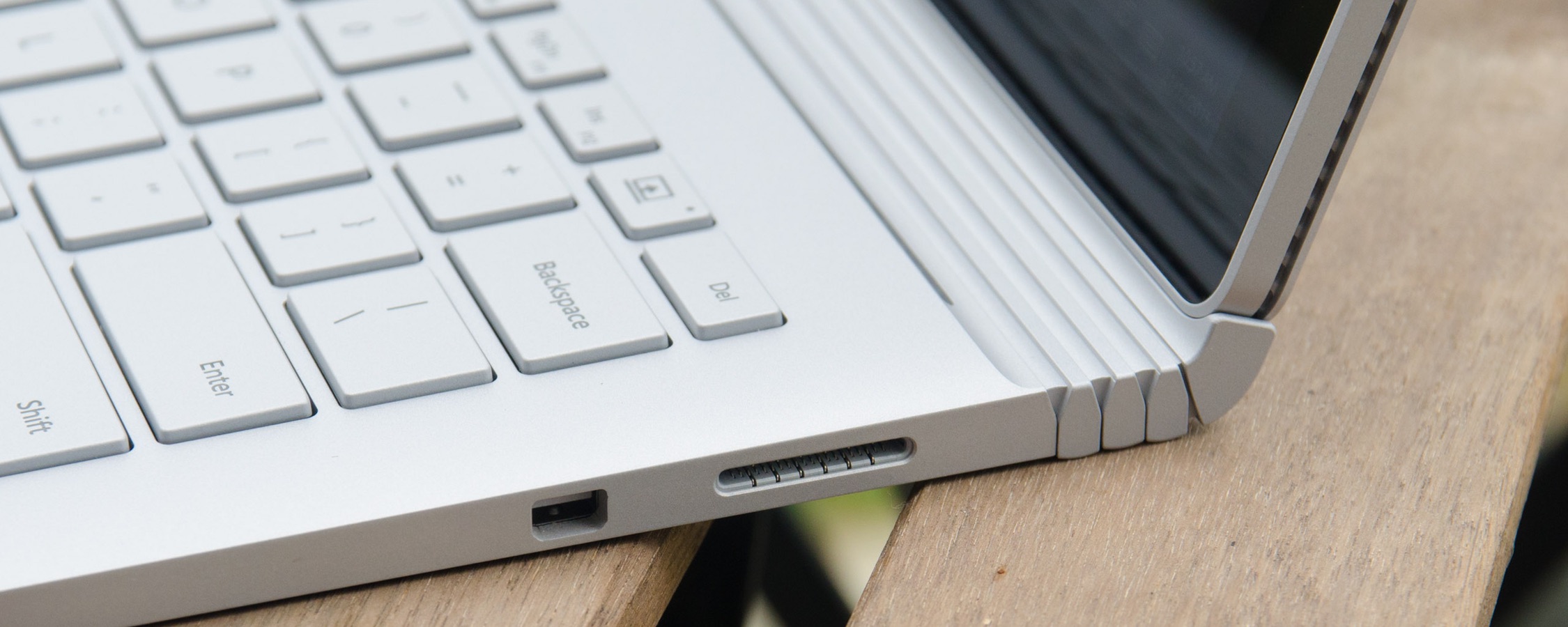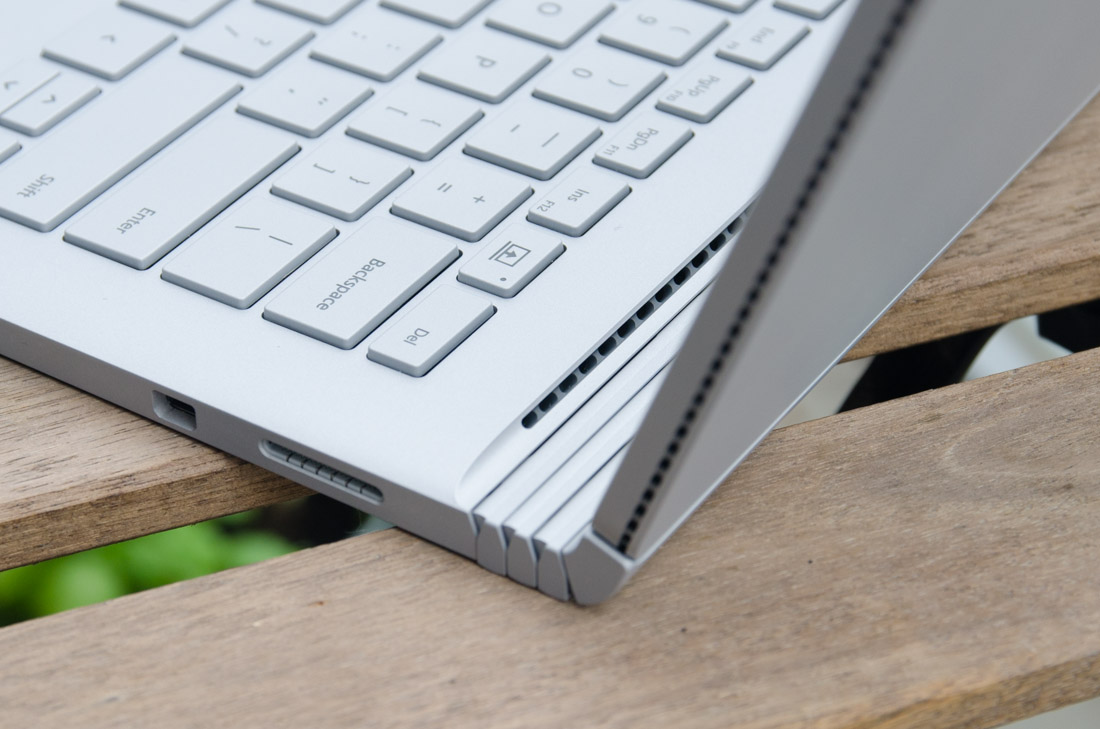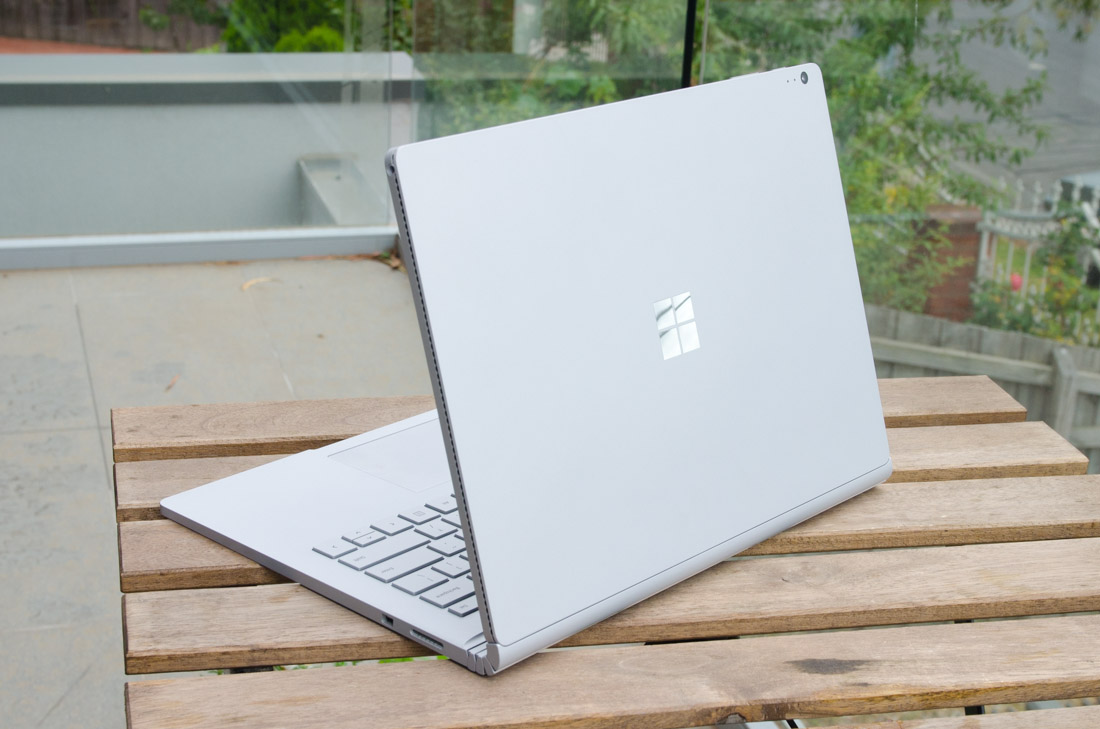Not Perfect, but Microsoft is on to Something
The Surface Book is an early glimpse into the future of hybrid computing devices. What Microsoft has produced in 2015 isn't perfect - in fact there are some glaring issues which might turn people away - but I'm convinced that Microsoft is on to something with the design of this product.
The best part of the Surface Book is how it incorporates a tablet and a laptop into the one device without heavily compromising the laptop experience. With most hybrid devices, I've used them as laptops far more than tablets, so for me, it's crucial that the device is usable as a laptop first and foremost. Unlike with the Surface Pro line, which is a tablet paired with a kickstand and keyboard cover, the Surface Book is an excellent productivity tool that is truly usable as a laptop.
There are several reasons why the Book is a great laptop. The display is fantastic, packing a huge resolution, accurate color reproduction, and an unconventional aspect ratio that's great for everyday usage. Microsoft has realized that 16:9 only has significant advantages in this form factor for media consumption, and that's not something the Surface Book is designed for.
The performance of the Surface Book is also great, despite most of the hardware residing in the removable tablet. The Core i7-660U in the model I reviewed is powerful enough for some heavier productivity tools like Photoshop, AutoCAD and Premiere, and although it's not fast enough to replace a decent workstation, the Surface Book could be a great companion for a creative professional that's not on his desk.
The Nvidia GPU in the keyboard base is particularly interesting. While this is a discrete GPU, the GeForce 940M-equivalent hardware isn't hugely fast, and won't turn the Surface Book into a gaming machine. It does, however, complement creative apps that support GPU acceleration better than the integrated graphics could, and that's exactly what Microsoft was trying to achieve.
The Surface Book isn't as great as a tablet. The 13.5-inch screen makes it a little too large to hold comfortably for extended periods, despite Microsoft trying their hardest to make it thin and light. There's also no useful ports on the tablet, so you can't really take it away from the keyboard for extended periods, and the internal battery is clearly not suited for hours of extended use. It can be handy to remove the tablet for showing documents or videos to others, but I primarily found myself using the Book as a laptop, like with many other hybrids.
There are some notable issues with the Surface Book too, which in the few months since its release, haven't been resolved. Windows 10 is a great operating system for this sort of device, but the drivers and software developed specifically for the Surface Book still feel incomplete after all this time. Granted, I didn't run into as many problems as early adopters, but issues like the Nvidia GPU not being used where it should, and the device continuing to run when the lid is shut, should have been fixed by now.
Unfortunately, the issues aren't just restricted to the software. The hinge is a novel way to deal with the weight of the tablet, but it doesn't close properly, which looks weird. The design also does nothing to stop the laptop from feeling top heavy, though I'm not sure how Microsoft could adequately address this issue.
As the tablet is so thin, the cooling solution for the CPU isn't great, so the fans run during any moderate-intensity workloads, and their high-pitched audio profile can be annoyingly audible. The tablet can also run very hot when encoding video, something that Microsoft suggests you should do on the Book.
The inclusion of appropriate hardware for Windows Hello is great to see, as it's easily the fastest and most accurate facial recognition system I've used. The all-metal exterior of the entire Book adds a premium look and feel, and the battery life while in laptop mode is generally pretty good. Microsoft also includes the Surface Pen in the box, which is a great, responsive writing tool that adds to the overall package.
So would I buy the Surface Book to replace my Dell XPS 13? Probably not. The concept is great, and Microsoft have created the most compelling productivity-ready hybrid device to date, but it feels very much like a very well-rounded prototype that will become so much better in its second iteration. There are just a few too many compromises and software issues for me to recommend the device over a standalone laptop, especially considering the price difference between the Surface Book and its competitors.
I decidedly applaud Microsoft for their creativity and innovation in the Surface Book's design, but anyone considering this hybrid should probably wait for the Surface Book 2.
score
Pros: The best hybrid design yet. Fantastic display complemented by the included stylus. Great performance, especially with the dedicated GPU. Excellent battery life.
Cons: A collection of software issues hasn't been fixed months after launch. Compromised cooling solution. The hinge doesn't fully close. Expensive for a laptop, expensive for a hybrid.





